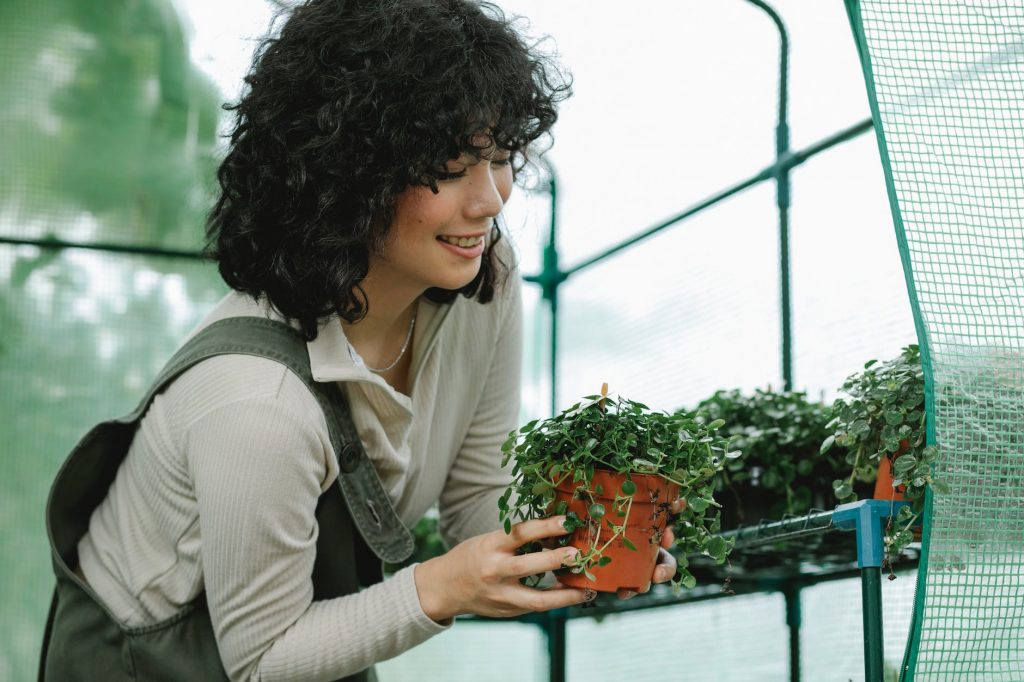How to deal with Fungus Gnats in House Plant Compost
Try these tried and tested solutions, after trying them at home, I am sure you’re going to love how they work control those annoying black gnats.
Fungus gnats, those pesky little flying insects that seem to appear out of nowhere, can be a common nuisance, and they are living in your house plant compost.
While these tiny pests don’t typically harm plants directly, their presence can be bothersome and potentially detrimental to your plants’ health.
In my research I tried several methods, looking for an effective method of control to prevent fungus gnats from infesting your beloved indoor plants.
1. Identify the Problem:
Before tackling the issue, it is important to confirm that you’re dealing with fungus gnats. These small, dark-colored flies are often found hovering around the soil surface and are particularly attracted to damp environments. Additionally, adult fungus gnats are usually accompanied by tiny larvae in the soil.
2. Adjust Watering Practices:
Fungus gnats thrive in moist conditions, making overwatered plant soil an ideal breeding ground. Allow the top inch of the soil to dry out and water your plants using a saucer, making the water available where the roots need it instead of around the vulnerable crown of the plant. Ensure proper drainage in your pots and make sure you are using pots with adequate drainage holes to prevent waterlogged soil.
3. Use Yellow Sticky Traps:
Place yellow sticky traps near your plants to capture adult fungus gnats. The bright color attracts the insects, and once they land on the sticky surface, they are unable to escape. This method helps reduce the adult population and interrupts the gnat life cycle, also a good way to monitor plant peats, often used in commercial glasshouses for this purpose..
4. Implement Natural Predators:
Introduce beneficial predators like predatory nematodes or soil-dwelling rove beetles to control fungus gnat larvae. These natural enemies feed on the larvae, helping to keep their population in check without harming your plants.
5. Neem Oil Treatment:
Neem oil is a natural insecticide that can be effective against fungus gnats. Mix neem oil with water and apply it to the soil surface. Neem oil disrupts the gnats’ life cycle and acts as a repellent. Be cautious with the concentration, as excessive use may affect your plants.
6. Cinnamon as a Natural Repellent:
Sprinkle a thin layer of cinnamon over the topsoil. Cinnamon acts as a natural fungicide and insect repellent, deterring adult fungus gnats from laying their eggs in the soil.
7. Maintain Good Hygiene:
Regularly remove fallen leaves or any decaying organic matter from the topsoil, as these provide an ideal breeding ground for fungus gnats. Keep the plant’s environment clean to minimize the risk of infestation.
8. Sand and improved drainage: A thin layer of clean, washed sand on the surface of your plant pots or hanging basket creates a barrier against the adults fungus gnats, stopping them from laying eggs in the moist soil.
Conclusion:
Controlling annoying fungus gnats in your house plant compost requires a combination of preventive measures and targeted treatments. By adjusting watering practices, using traps, introducing natural predators, and incorporating natural repellents, you can effectively manage and prevent fungus gnat infestations, ensuring your indoor plants thrive in a healthy environment.

